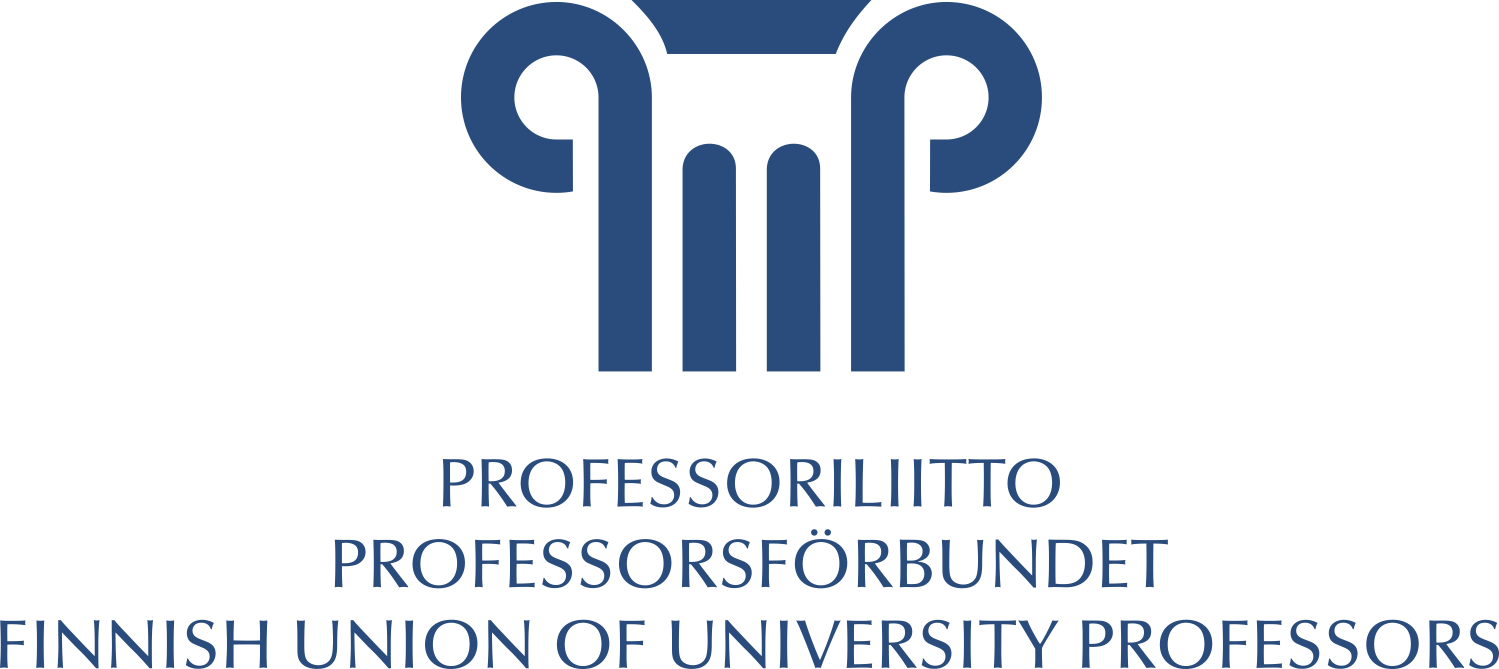University financial management is a key to institutional success – or failure
Kirjoittanut
Petri MäntysaariIntroduction
While the public funding of universities is a major topic in the policy discourse, there has been relatively little focus on how universities use their funding and manage their assets. The lack of interest may partly be explained by the fact that university financial management largely falls within institutional autonomy. But university financial management can act as a key driver of institutional success or failure, and the security of employment depends on it. There are good practices, bad practices and policy choices that could foster good university-level practices.
Bad practices
To paraphrase Tolstoy, each unhappy university is unhappy in its own way. There are nevertheless some customary bad practices that should be avoided in university financial management.
First, management should not treat a university as a market-based business. A Finnish research university is not a corporation selling commodities to customers. Neither should management assume that strategic planning and management fads prevail over collegiate governance and academic freedom. The governance culture of a university should be that of a university. It should reflect the 1997 UNESCO Recommendation and the 2020 EHEA Rome Ministerial Communique.
Second, management should not apply a financial business model. A financial business model means here treating a university as the hub of contracts. There are symptoms of this model in Finland. Finnish universities tend to transfer funding-related risks to faculty under fixed-term or temporary employment contracts, reflecting the commoditization of academic work and people. Moreover, universities outside the capital region tend to transfer risks related to the ownership of real estate to University Properties of Finland Ltd (Suomen yliopistokiinteistöt). When doing so, Finnish universities look risk averse and seem to prefer safety. In contrast, ambitious research and education are high-risk activities that require big bets.
Third, management should avoid metric fixation, that is, overreliance on easily quantifiable performance indicators (Muller 2018). The Declaration on Research Assessment (DORA), the CoARA Agreement on Reforming Research Assessment and the national recommendation on responsible researcher evaluation in Finland are designed to reduce the inappropriate use of metrics. In Finland, for example, it would be inappropriate to use the Jufo classification to evaluate individual researchers. A metric fixation can again be combined with the financial business model. For example, Finnish universities often apply the indicators of the public funding model when allocating funding internally (Kivistö, Pekkola & Kujala 2021). This is a way for university administration to allocate risks to departments and faculty.
Fourth, management should not treat academic units as mere cost centres and revenue production units (Gerber 2014, 122). If each academic unit has to balance its expenditures with its own revenues, there will be little academic activity in Finland in the long run. It would be even worse to treat academic units as mere cost centres without recognizing the fact that academic activities also generate revenue. These questions have been relevant in Finland in cases where management has proposed to balance economy through lay-offs.
Fifth, the income portfolio of a university should not be highly concentrated on a single source (Martin & Samels 2013; Taylor 2013). Finnish universities generally tend to be too dependent on education-based public funding from the Ministry of Education and Culture. This might be a major driver of a metric fixation, risk-aversion and the financial business model at Finnish universities.
Good practices
All happy universities are alike. In real life, successful universities are complex academic organizations with ambitious academic goals that require a long-term perspective. There are good financial management practices.
First, university financial management should support academic goals, not the other way round.
Second, to ensure resilience, a university should have a diversified funding base. A university is not in good financial health if its income portfolio is highly concentrated on a single source (Martin & Samels 2013; Taylor 2013) such as public education-based funding in Finland (Seuri & Vartiainen 2018) or, in the UK, student fees (OfS 2023.20). Finnish universities should have more diverse funding sources and much more capital income from financial assets.
Third, while it is prudent to balance university economy at the university level, there is no compelling need for a university to balance its economy at the departmental or sub-departmental level. From a legal perspective, a university is one pot. Moreover, income from financial assets should support the statutory academic activities of the university as there are no other valid reasons for a university to make financial investments in the first place. The larger the endowment and the more income the university raises from financial investments, the more academic activity the university can afford, creating a positive spiral as academic activity creates more income.
Fourth, a university should have a diversified investment portfolio that can also include some illiquid assets. A university can be a long-term investor under the endowment model developed by Ivy League universities in the US (critically Humphreys, Electris, Filosa & Grace, 2010).
Fifth, a university should own its core research and education infrastructure required on a long-term basis. In particular, a university should own its premises to reduce costs in the long term. A university can invest in assets that it needs forever and should not unnecessarily pay a premium for their use. Moreover, built long-term infrastructure can strongly contribute to the culture and appeal of a university. We tend to find historical universities attractive.
Good policy choices
This leads us to some good policy choices that could foster good university-level practices in Finland. Some but not all were proposed in the recent “Evaluation of the governance and funding practices used by the Ministry of Education and Culture for steering Finnish Higher Education Institutions” (Technopolis Group 2023).
It would be a good policy choice to leave in the public funding model room for institutional strategic development. The governance of the university sector with the public funding model as its core component should make it easier for universities to diversify their funding base and generate income from multiple sources (Pruvot, Clayes-Kulik & Estermann 2015, 155). Several steps can be taken for this to happen in Finland.
First, universities should have a much stronger capital base. Large endowments improve academic quality to such an extent that for an international top university the size of endowment is a source of prestige similar to its libraries, faculty and alumni (Conti-Brown 2011). A large endowment increases resilience as a rainy-day fund. Moreover, it is a way to address long-term funding problems caused by Baumol’s cost disease as it can balance the lower productivity growth of higher education with share ownership in sectors that have a higher productivity growth. The state should both invest more capital in universities and make it easier for them to attract endowments from other sources. For example, there should be new funding rounds in Finland with the state matching private fundraising. The tax deductibility of donations should be increased.
Second, the weight of performance indicators should be reduced in the public funding model (Technopolis Group 2023). At the same time, the weight of education in the funding model should be reduced (Pruvot, Clayes-Kulik & Estermann 2015, 158) and more funding should be allocated to free long-term research. Long-term funding can act as seed funding. Facilitating long-term activity is necessary if the goal is to diversity funding sources. Long-termism with long-term funding and long-term employment contracts will make it easier for universities to participate in international competition, produce ambitious research, improve the quality of teaching, attract partners, raise external funding from partners and win competitive funding from funding organisations. Moreover, to reduce the weight of performance indicators, external funding should not form part of the funding formula. The Ministry of Education and Culture should instead help create the circumstances that make it easier for universities to raise external funding.
Third, the current centralised allocation of competitive research funding via the Academy of Finland should be reformed. The existing system has created a bottleneck that hampers research. A greater share of public research funding should be allocated directly and without competition to universities as basic funding for free research. Such a model would leave more room for institutional autonomy and university-level strategic development and generally enable universities to focus on things that are new and give them a better chance to prevail in international competition. Moreover, to ensure that research funding is not too centralised, public-benefit entities that fund universities, scientific research and the arts should continue to be tax exempt.


Aivan loistavaa luettavaa, tällä mallilla olisi jotain mahdollisuuksia todelliseen profiloitumiseen nykyisen profilointihumpan sijaan.
Erinomainen visio ja konkreettiset portaat pohjaksi uuteen yliopistoreformiin. Tällä suuntamme kääntyisi. Mm. strategisen rahoituksen siirto suoraan yliopistoille on erinomainen ehdotus.
Painavia ja hyvin perusteltuja argumentteja Petriltä. Yksilöiden tuotoksien (tutkinnot, julkaisut, jufot jne.) määrään perustuvan rahoitusmallin ongelma on, että mallin kriteerit alkavat ohjata toimintaa organisaation kaikilla tasoilla. Pahimmassa tapauksessa em. kriteereihin vedotaan tavoite- ja palkkakeskusteluissa. Tämä synnyttää vakavan eettisen ja arvoristiriidan suhteessa vastuullisen tutkijanarvioinnin periaatteisiin, joissa korostetaan laadullista kokonaisarviointia puhtaasti määrällisten indikaattoreiden asemesta. Jos haluamme oikeasti sitoutua vastuulliseen tutkijanarviointiin, OKM:n ja yliopistojen välisen ansaintalogiikan tulisi perustua samoihin laadullisiin kriteereihin, joilla tutkijoita ja tutkimusyksiköitä arvioidaan.